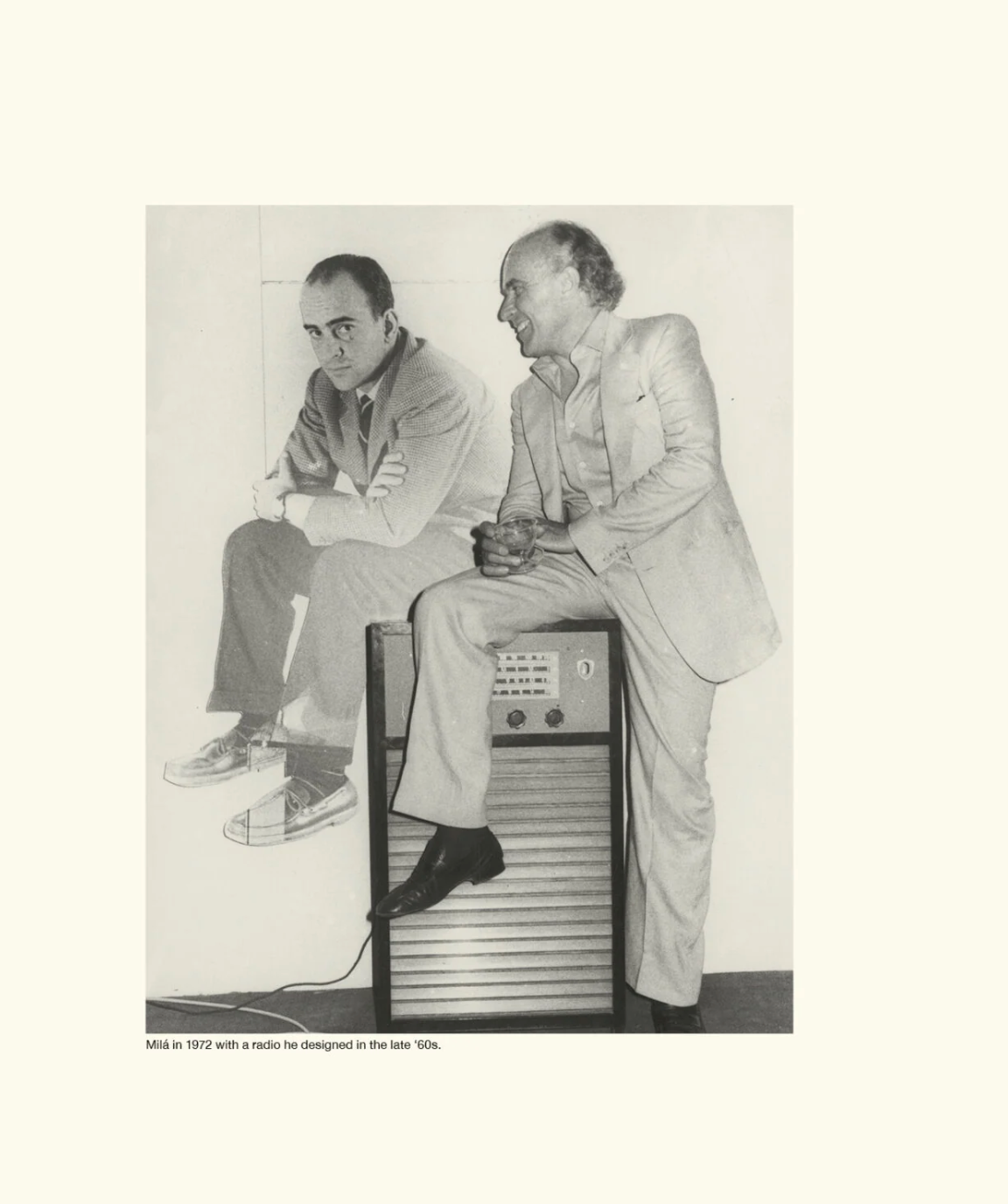

Poul Kjærholm was an influential Danish architect and industrial designer who broke with traditional Scandinavian furniture making to adopt steel rather than wood as his material of choice.
Having graduated from the Copenhagen School of Arts and Crafts in 1952, he taught there himself until 1956. His further academic career led him from lecturer at the Royal Danish Academy of Fine Arts in 1959 to head of the Institute of Design in 1973 and finally to a professorship in 1976.
Known for their acute sensibility, where a comprehensive creative process lays the foundation for his multifaceted and layered works that embody a sense of informal sophistication.
A seeker of authenticity, tactility and quality, his oeuvre displays a unique aesthetic vocabulary that blends a wide range of expressions and influences, and ranges from residential and commercial projects to product design.
© Fritz Hansen

Kjærholm’s design is marked by understated elegance, clean lines and a remarkable attention to detail – modest in means, but rich in expression. Although he always saw functionality as an absolute requirement, he was never willing to compromise as an artist. He managed to make a lengthy and difficult production process appear effortless in the end product.
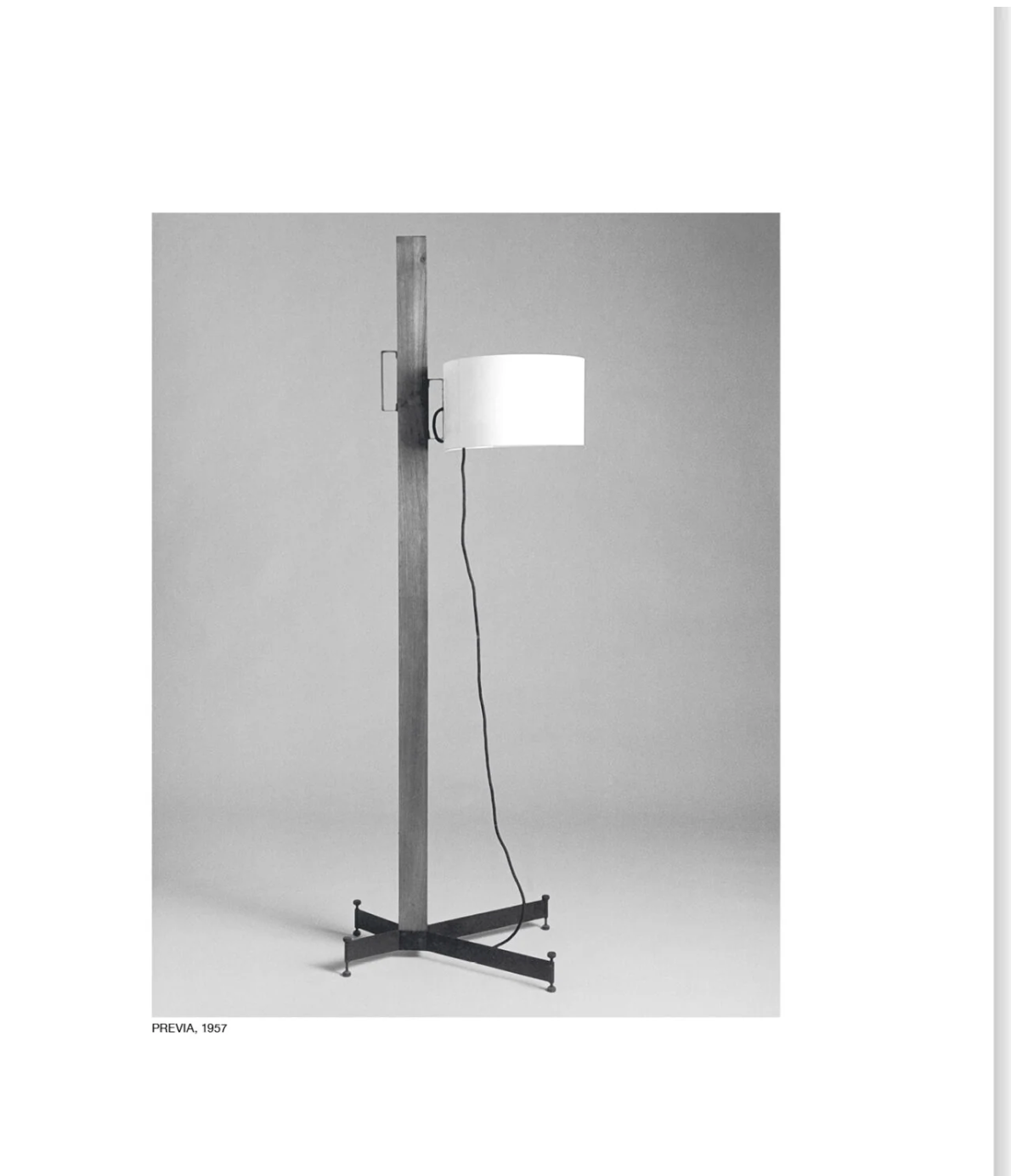
Kjærholm’s design is marked by understated elegance, clean lines and a remarkable attention to detail – modest in means, but rich in expression. Although he always saw functionality as an absolute requirement, he was never willing to compromise as an artist. He managed to make a lengthy and difficult production process appear effortless in the end product.
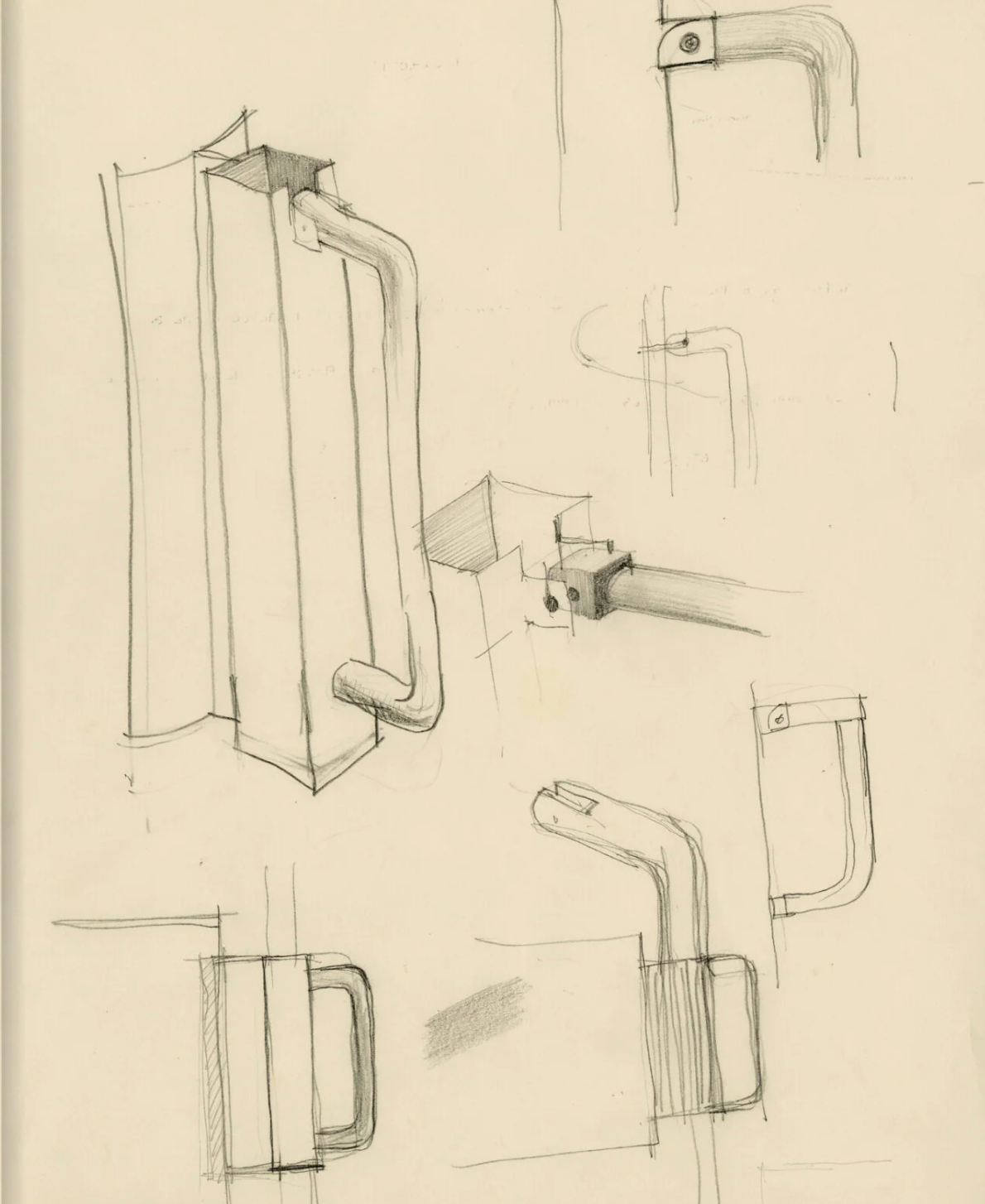
While most of his contemporaries relied on wood as their primary material, Kjærholm chose steel but he always combined it with other materials like wood, leather, cane or marble. Of his favourite material, he said: ‘Steel’s constructive potential is not the only thing that interests me; the refraction of light on its surface is an important part of my artistic work. I consider steel a material with the same artistic merit as wood and leather.’
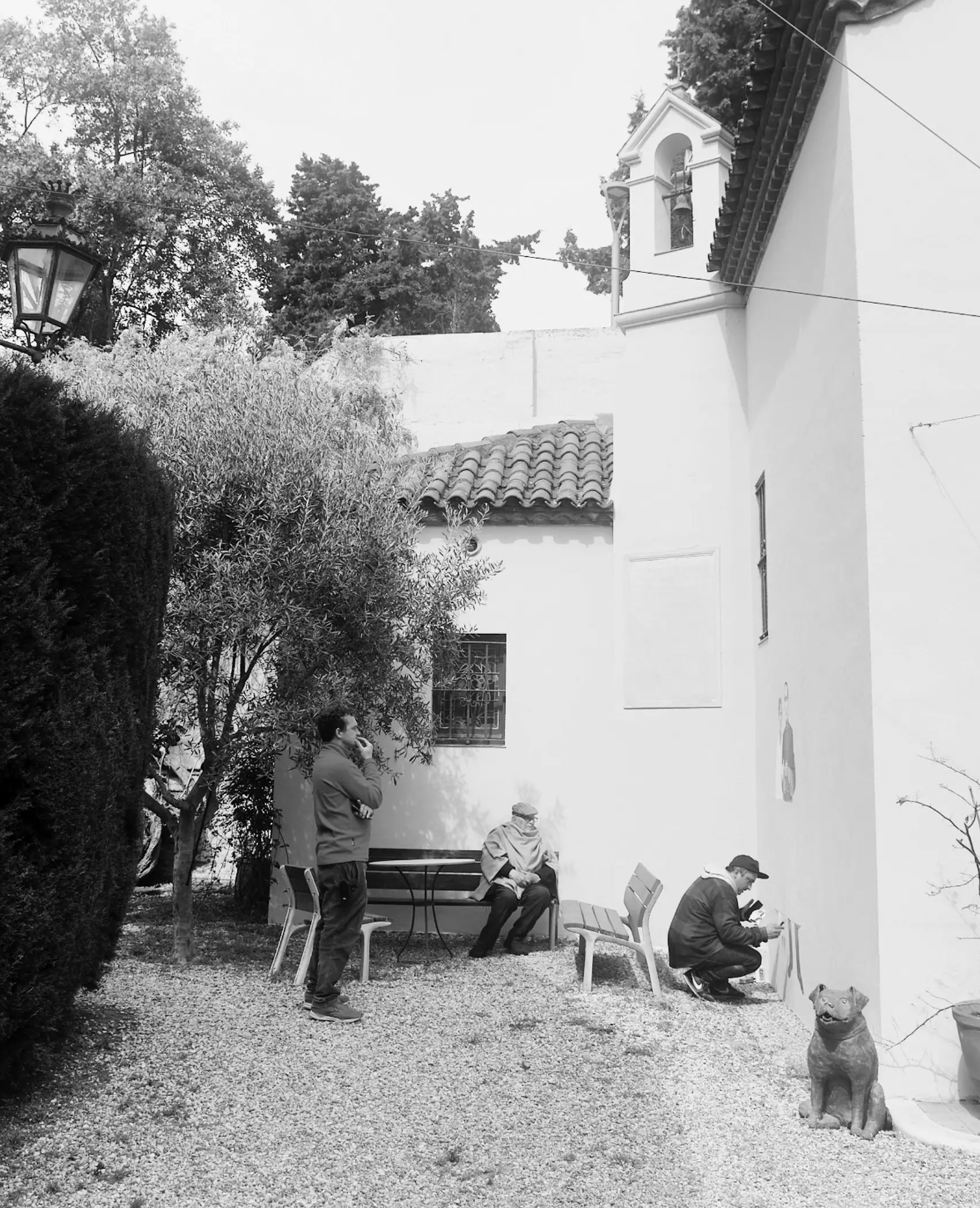
Unlike most of the cabinetmakers Kjærholm worked with early on, manufacturer E. Kold Christensen had a deep understanding of Kjærholm’s intentions and the pair enjoyed an extraordinarily close collaboration. E. Kold Christensen produced most of Kjærholm’s designs up until the latter’s death in 1980. A wide selection has been part of the Fritz Hansen production since.
"A design professional must maintain a rational stance based on an absolutely humanistic training. Intuition must be enriched by cultivating it and then solving problems in the most rational way possible because in this way the solutions will be spontaneous and human” – Miguel Milá.
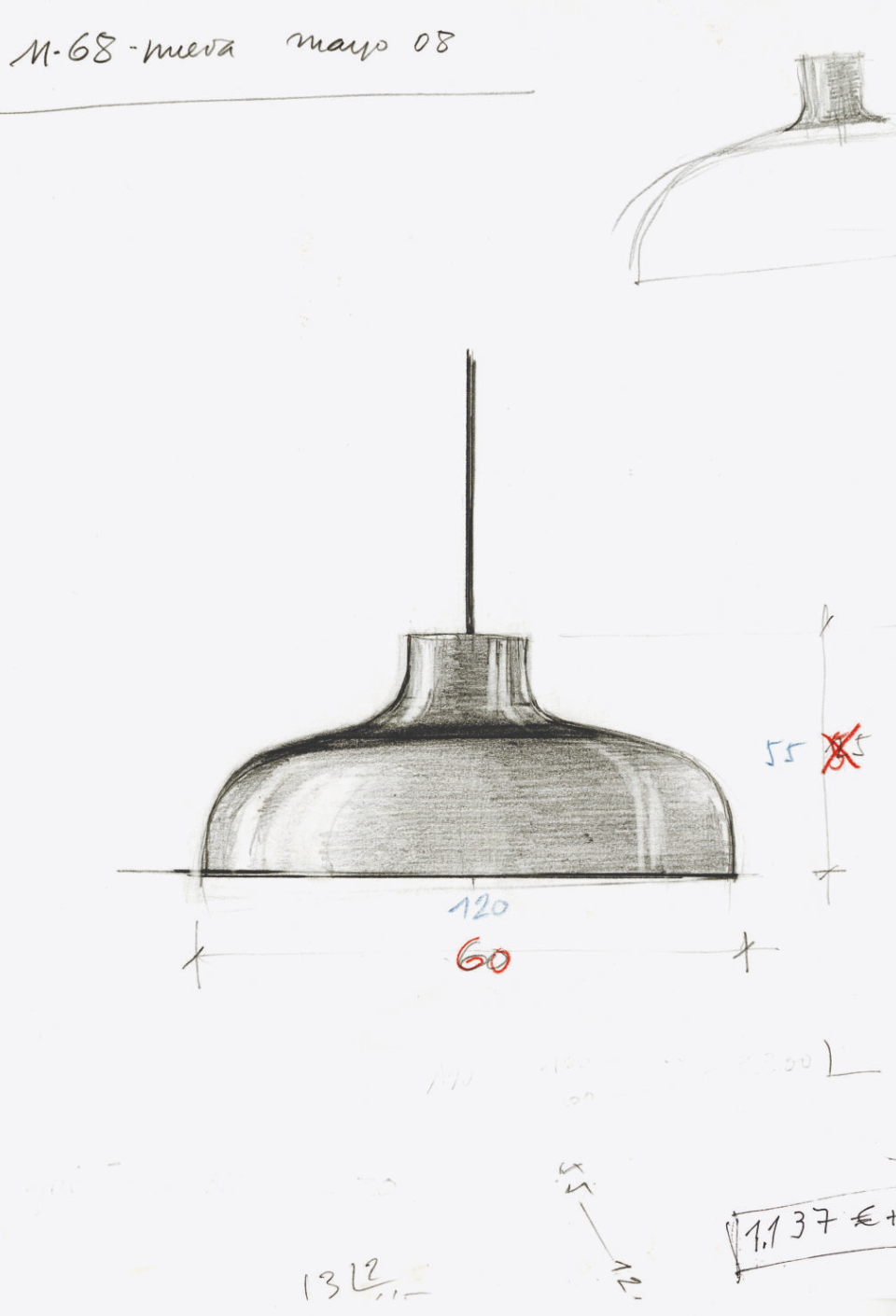
Kjærholm’s work is represented in many museums around the world, most notably in the permanent collection of MoMA in New York and at the V & A Museum in London. His awards include two Grand Prix at the Milan Triennale in 1957 and 1960, the Lunning Award in 1958 and the ID Award in 1973.
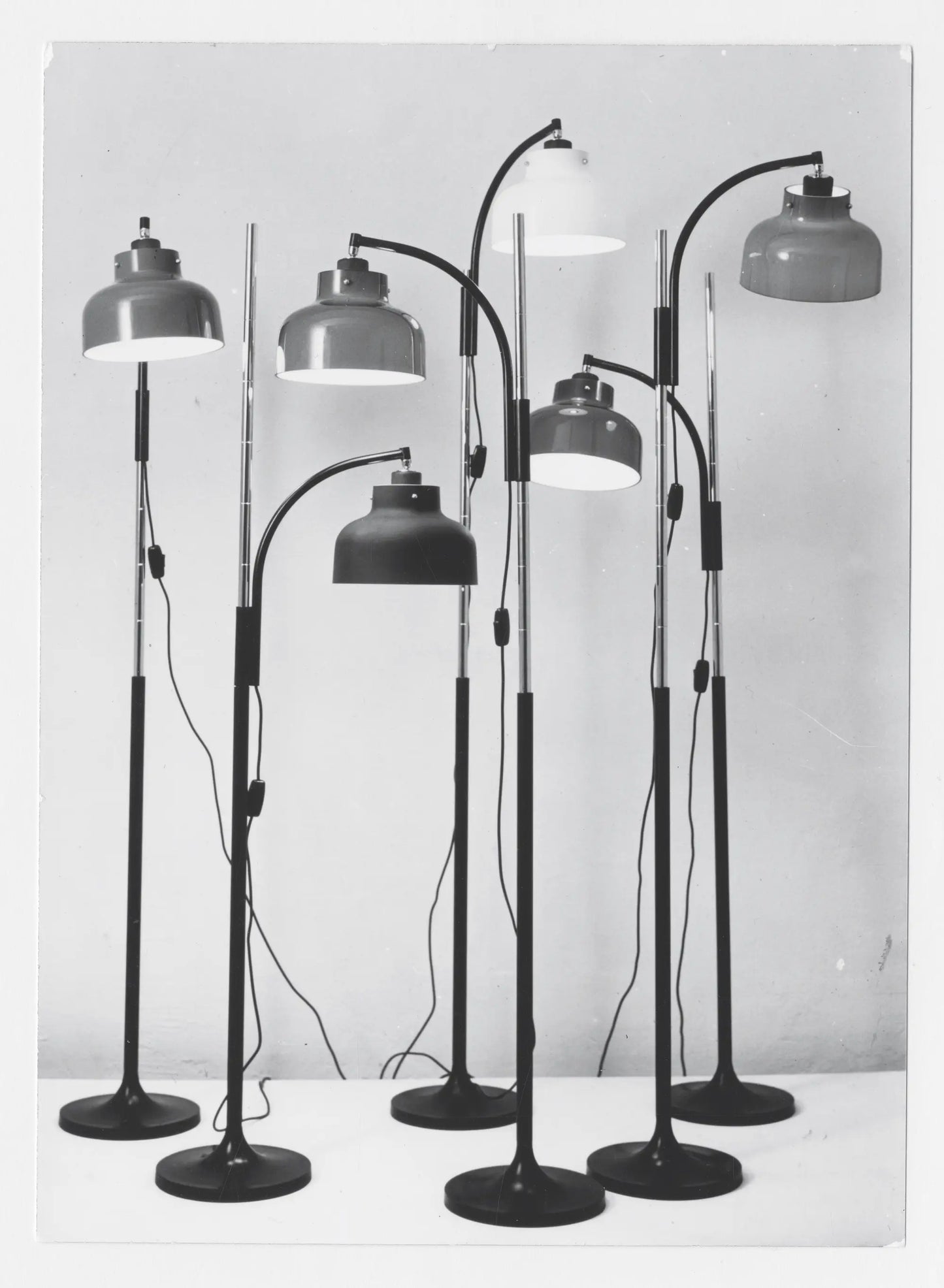
Although we all need beauty in one way or another, in your case, do you feel that you have always sought it?
More than a search, it is a result. When everything is where it should be, because it has been thought out, ordered, intentional.
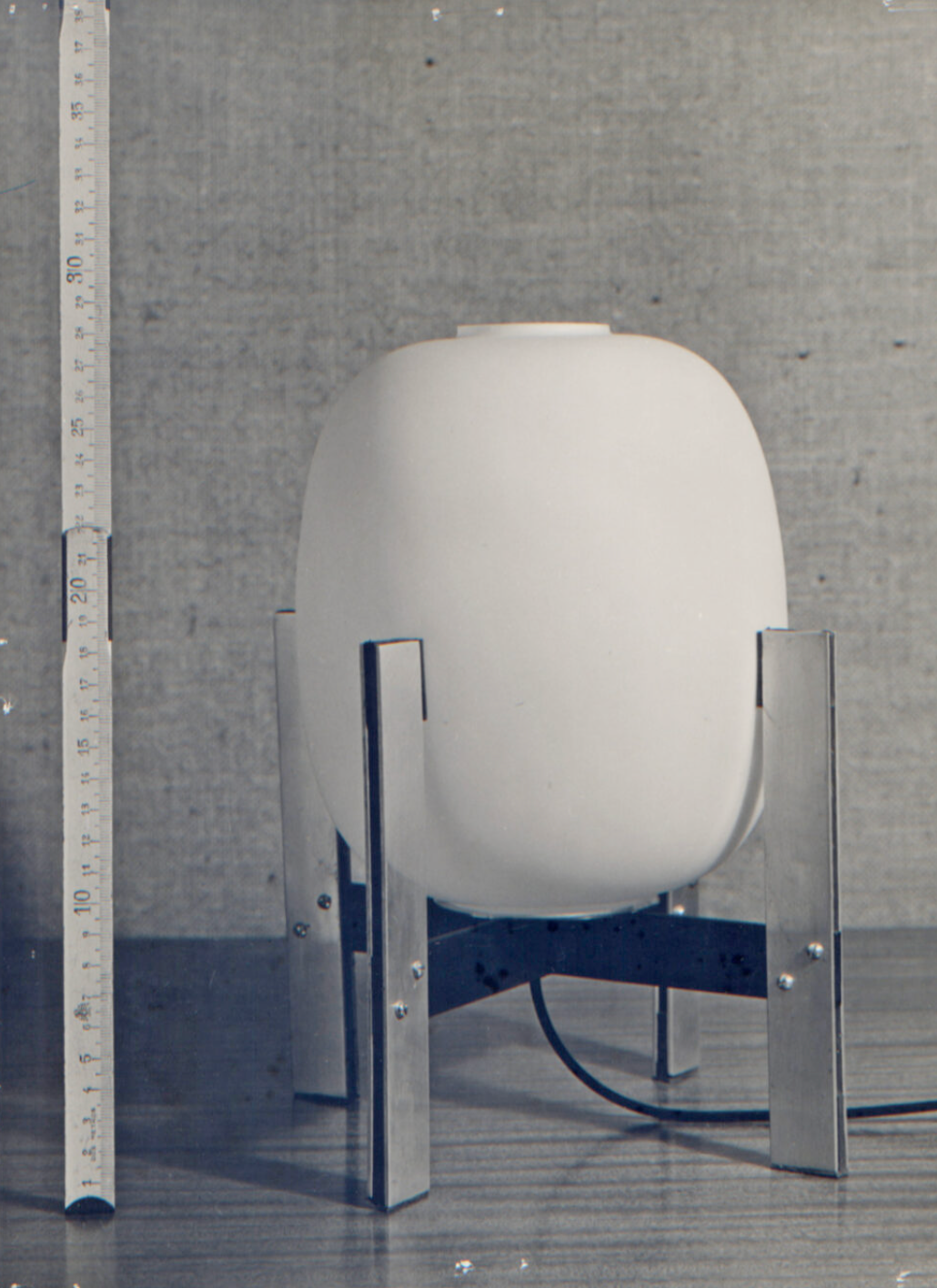
On several occasions you have said that ‘simple is difficult to achieve’. How have you managed to create designs based on simplicity?
Debugging is an obsession. An idea that takes over the thinking; a kind of puzzle to be solved. When you feel that nothing is missing and that a piece responds to what is asked of it.




